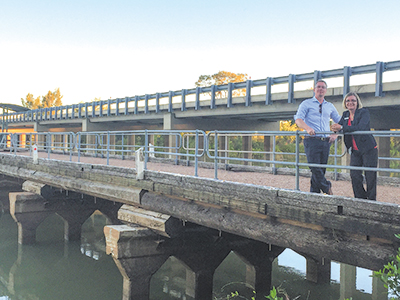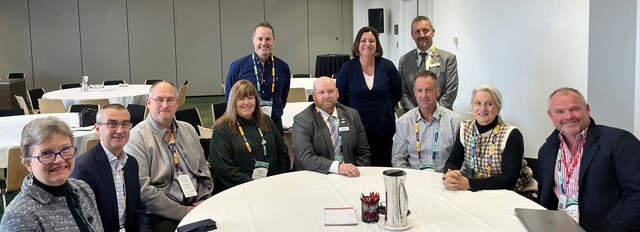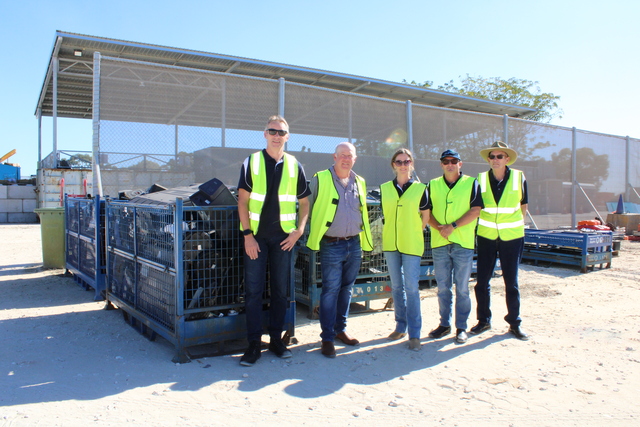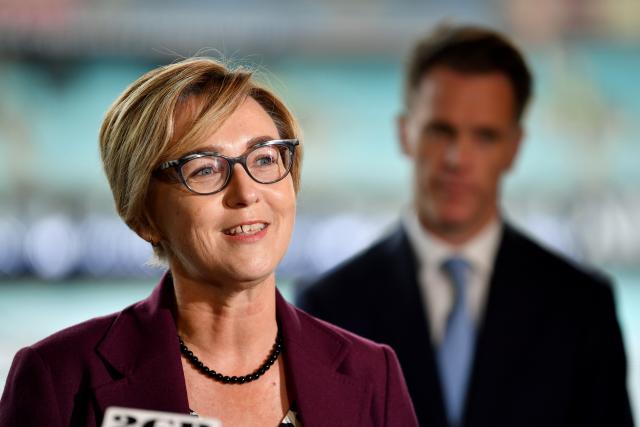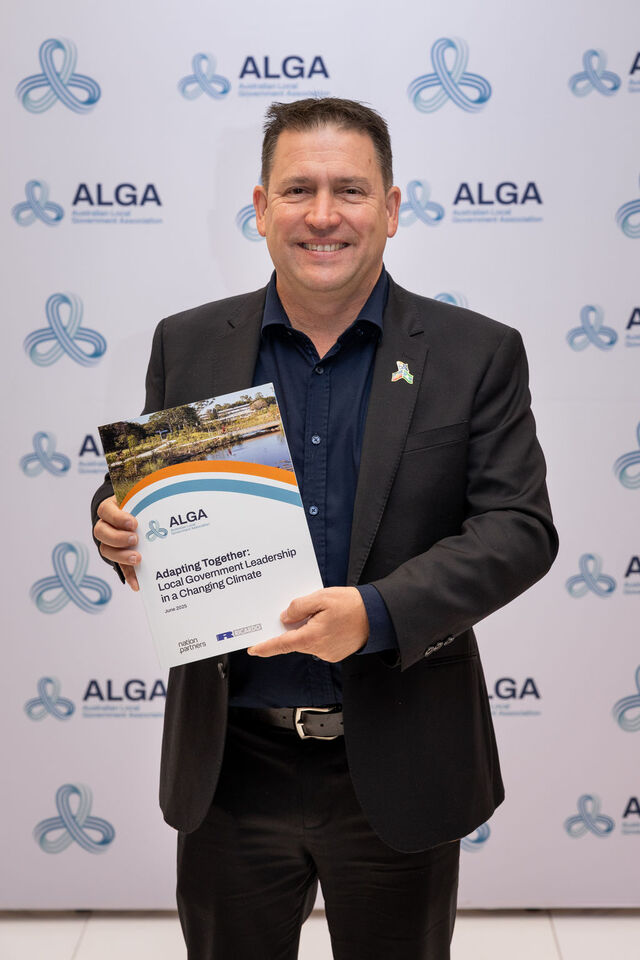Burke Shire in Queensland’s northwest corner is protecting its bottom line by taking a critical look at the assets on its books.
As a remote Council with a population of around 550, Burke Shire knows all too well the challenges of managing a budget with a small proportion of own-source revenue.
The imminent closure of MMG’s Century Zinc Mine, the Shire’s largest ratepayer, has necessitated a number of difficult discussions about financial sustainability and asset management.
“We had been data poor in this area for a long time,” said outgoing Chief Executive Officer Philip Keirle, “but in the last couple of years we have put ourselves in a position to really understand our assets from a cost-of-life perspective.”
In developing the Council’s new Asset and Services Management Plan, the reality many Councils face quickly became apparent: The asset renewal gap was growing, but the revenue to fund it was not.
“The challenge isn’t so much capital funding, but the lack of maintenance funding,” said Dr Keirle.
“It’s nice to receive money to seal a stretch of road, or build a fantastic new hall, but if you don’t have the resources for maintenance and renewal, you’re faced with either a declining financial position, decaying asset base – or both.
“With every kilometre of road we seal or new asset we acquire, our depreciation burden grows while sources of maintenance funding like Financial Assistance Grants stand still and our projected rates revenue falls.”
The solution will never be one single measure; Council is examining useful asset lives, intervention points and service levels in order to manage their assets as efficiently as practicable.
Throughout this process, one method has emerged for certain assets: obsolescence.
Council has a pair of old bridges that had been replaced by newer, higher structures and aging halls rendered superfluous by a new community hub building; assets with depreciation values next to them which would not be replaced or – if they were – replaced with something more modest.
“In effect, we have been carrying assets on our books that we don’t intend to replace, and budgeting for renewals that won’t happen,” said Dr Keirle. “Acknowledging and accounting for this is by no means a silver bullet – but every little bit helps the bottom line at this stage.”
The process has sparked deeper thought about future service level requirements and prompted Council to look more critically at other assets that were built in better financial times, all of which will catalyse discussion within Council and the community about what is necessary, and what may be surplus to Council’s or the community’s need.

